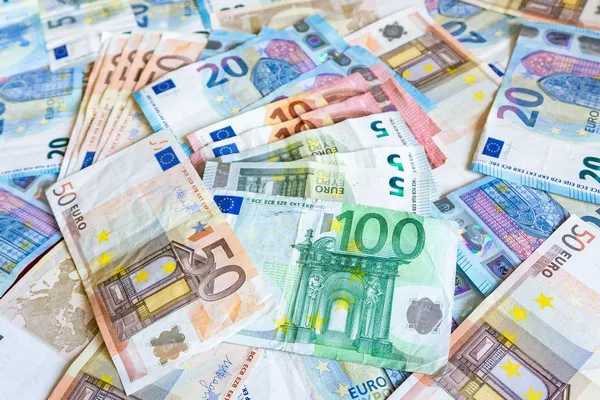The strength of a currency is a key indicator of a nation’s economic health, and the Euro, the official currency of the Eurozone, has been under scrutiny for its persistent weakness in recent times. This phenomenon has raised questions about the underlying factors contributing to the Euro’s frailty. In this article, we delve into the complexities of the Euro’s weakness, exploring both historical and contemporary factors that have shaped its current state.
Historical Context
To comprehend the present weakness of the Euro, one must trace its roots back to the turbulent times of the Eurozone’s formation. The Euro was introduced in 1999, with the aim of fostering economic integration among European Union (EU) member states. However, the creation of a single currency came with inherent challenges, as economies with differing structures and fiscal policies were brought under a unified monetary umbrella.
One critical issue was the lack of a centralized fiscal authority to complement the European Central Bank (ECB). Unlike the United States, where the Federal Reserve works in tandem with a unified fiscal policy, the Eurozone lacked a comparable structure. This absence of fiscal unity has made it challenging to implement coordinated economic measures in times of crisis, contributing to the Euro’s vulnerability.
Trade Imbalances
One of the primary contributors to the Euro’s weakness lies in persistent trade imbalances within the Eurozone. Certain member states, notably Germany, have maintained strong trade surpluses, while others, like Greece and Italy, have faced chronic deficits. This imbalance reflects a structural flaw in the Eurozone, as divergent economic performances make it difficult to implement monetary policies that suit all member states.
Germany’s dominance in exports, driven by its robust manufacturing sector, has led to a significant accumulation of surpluses. Meanwhile, countries with trade deficits find themselves trapped in a cycle of debt, struggling to boost their economies without the tool of individual currency devaluation. This dynamic exacerbates economic disparities within the Eurozone and undermines the overall strength of the Euro.
Sovereign Debt Crises
The Euro’s weakness has been further compounded by a series of sovereign debt crises that have plagued certain member states. The global financial crisis of 2008 exposed the vulnerabilities in the Eurozone’s economic framework, leading to a cascade of debt crises in countries such as Greece, Portugal, and Ireland.
The lack of a unified fiscal response to these crises revealed the inherent weaknesses in the Eurozone’s structure. Unlike the United States, where the federal government can intervene to support struggling states, Eurozone countries faced austerity measures imposed by international creditors. These measures, intended to curb budget deficits, often resulted in economic contractions and further weakened the Euro’s standing on the global stage.
Low Interest Rates and Quantitative Easing
In an effort to stimulate economic growth and combat deflation, the ECB has implemented a policy of low interest rates and quantitative easing. While these measures have been effective in preventing a full-blown economic downturn, they have had unintended consequences for the Euro’s strength.
Low interest rates make the Euro less attractive to investors seeking higher returns. Additionally, the massive asset purchases under quantitative easing have increased the supply of Euros in the market, putting downward pressure on its value. The combination of these factors has contributed to the Euro’s weakness against other major currencies.
Global Economic Uncertainty
External factors, such as global economic uncertainty, also play a role in the Euro’s weakness. Geopolitical tensions, trade disputes, and unforeseen events, like the COVID-19 pandemic, have created an environment of instability that affects the Euro’s value. Investors often seek refuge in more stable currencies, such as the U.S. Dollar, during times of uncertainty, leading to a depreciation of the Euro.
See Also When Will The Euro Go Back Up? A Comprehensive Outlook
Conclusion
The weakness of the Euro is a multifaceted issue rooted in both historical and contemporary factors. The structural challenges of the Eurozone, trade imbalances, sovereign debt crises, low interest rates, and global economic uncertainties collectively contribute to the currency’s frailty. Addressing these issues requires a comprehensive approach, including reforms in the Eurozone’s economic governance, coordinated fiscal policies, and measures to promote balanced trade.
As the Eurozone continues to navigate these challenges, finding sustainable solutions is imperative for the long-term stability and strength of the Euro. Only through collaborative efforts and a commitment to addressing underlying issues can the Euro regain its footing in the global economic landscape.


